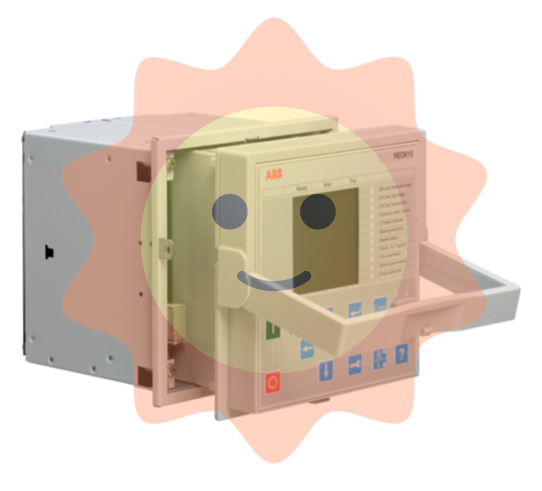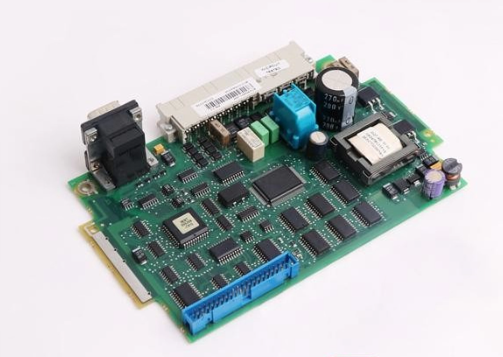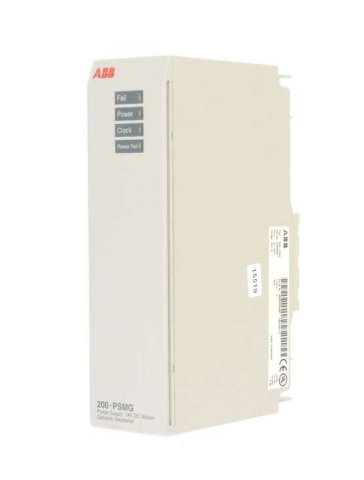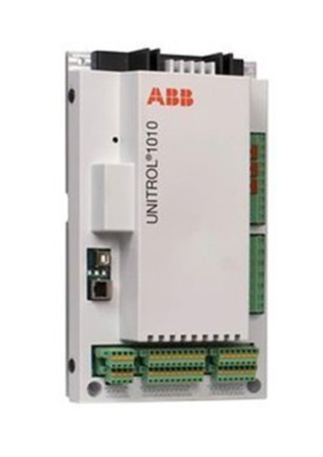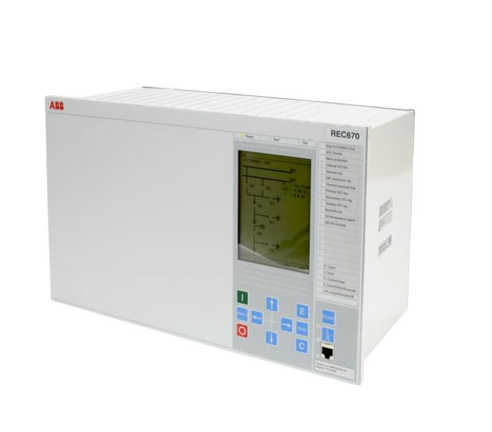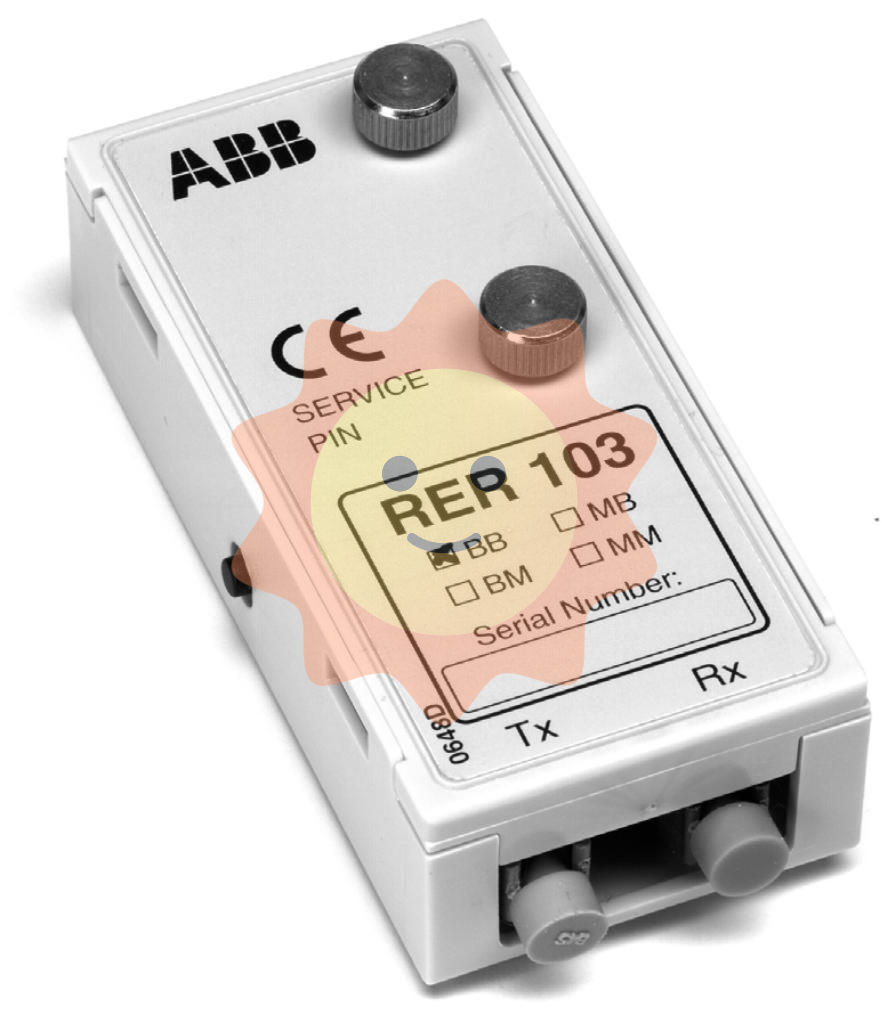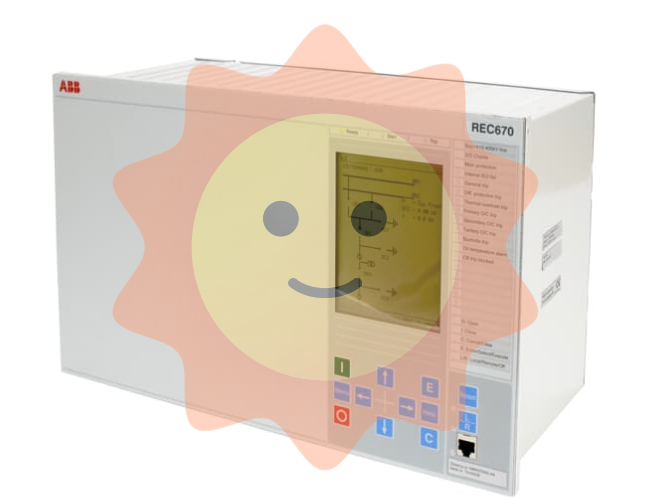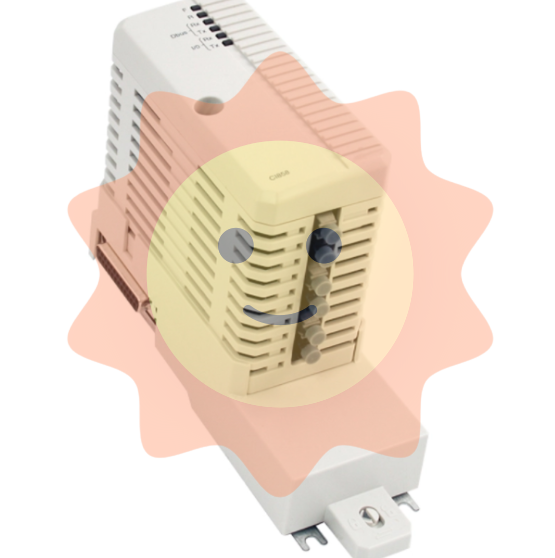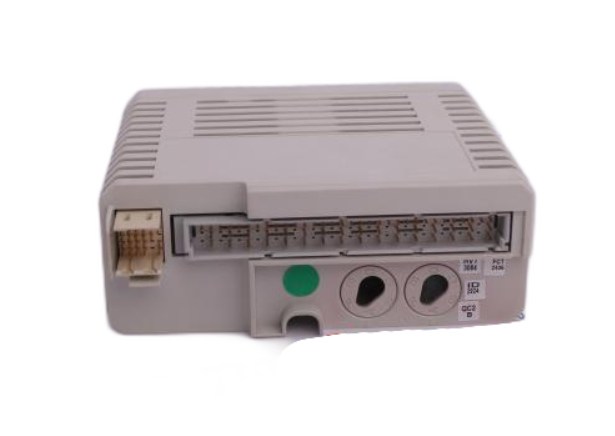Watlow CLS200 series controller
DIN rail installation: First, clamp the hook side of TB50 onto the rail, and then push the buckle side into place for fixation; Use a Phillips screwdriver to pry open the buckle during disassembly.
Bracket installation: First remove the DIN rail bracket of TB50, mark 4 installation holes, drill the # 6 (3.5mm) screw hole, and fix TB50 with 4 screws; The four small holes on the terminal board can be used to secure wiring with zip ties.
(3) Installation of power supply and DAC module
Power installation: If using a built-in power supply, choose a Class 2, isolated and regulated 12-24V DC (1A) power supply, and install it according to the instructions of the power supply manufacturer; The installation bracket with built-in power supply needs to reserve a gap of 0.3 inches (8mm) and be fixed with 2 # 10 (5.0mm) screws. Pay attention to using 6-32 and 1/4 inch screws to avoid damaging the power supply with excessively long screws.
Installation of Dual DAC/Serial DAC Module: The module is used to convert the open collector output of the controller into an analog signal. During installation, it is necessary to select a wall position close to the controller, mark and drill 4 # 8 (4.0mm) screw holes for fixation; The output signal range of the module is configured through jumper wires. The dual DAC requires independent power supply to isolate the digital and analog circuits. The serial DAC supports cascading multiple modules (up to 16), and the 5V DC output of the CLS200 power supply is required to power multiple modules 🔶 1-381 to 1-397, 1-773 to 1-794 🔷。
3. System cabling and testing
(1) Wiring specifications
Cable selection: It is recommended to use multi strand wires (solid lines are only used for fixed scenarios and are prone to poor contact during maintenance); Thermocouple extension wire uses 20 AWG (0.5mm ²); Shielded wires are used for analog input/output and RTD input, with one end of the shielding layer connected to the ground; Except for thermocouples, copper wires are used for other connections.
Anti interference measures: Separate the wiring of high and low voltage lines to avoid parallelism or bundling; If an electromechanical relay must be used, a 0.01 μ F (1000V AC) capacitor and a 47 Ω (0.5W) resistor absorption network should be connected in series at both ends of the normally open contact of the relay load, or a metal oxide varistor (MOV) and a bidirectional voltage regulator diode (Transorb) should be connected in parallel.
Grounding requirements: Avoid grounding loops, and the DC common terminal, analog common terminal, reference voltage common terminal, communication common terminal, etc. of the controller must not be connected or grounded to each other; CLS216 is a single ended input, and all sensor negative terminals are connected to the analog common terminal. Grounded or ungrounded thermocouples must be used uniformly, and special wiring is required for mixed current and low voltage inputs.
(2) Power supply and terminal connection
Power connection: Connect the DC common terminal of the power supply to the DC common terminal of CLS200 TB2 (-), and connect the positive terminal of the power supply to the DC positive terminal of TB2 (+); If an external power source is used to supply power to the load, the DC common terminal of the load power source must be connected to the DC common terminal of the controller power source; The grounding terminal of TB2 must be connected to the controller casing and grounded; Finally, connect the 120/240V AC power supply to the power source.
TB50 connection: Connect TB50 to the controller through a 50 pin SCSI cable, ensuring that the cable is securely inserted into the interface.
(3) System testing
TB50/TB18 test: After power on, the controller displays "SCALE CHECK SUM", followed by a bar chart; Measure the+5V DC voltage of TB50/TB18 with a multimeter (terminal 1 is positive, terminal 3/TB18 terminal 2 is common), and the voltage should be between 4.75-5.25V.
Digital output test: Connect a 500 Ω -100k Ω resistor between terminal 1 (+5V) of TB50/TB18 and the digital output terminal to be tested. Use the "MANUAL I/O TEST" menu to control the output switch. When the output is ON, the voltage is less than 1V, and when it is OFF, the voltage is 4.75-5.25V. The heating output is enabled by default and needs to be set to manual mode for 100% output before testing.
Digital input test: Disconnect the input wiring and enter the "DIGITAL INPUTS" test menu. When the input is not connected, it displays "H" (high level/open circuit). When the input terminal is connected to the controller common terminal (TB50 terminal 3/TB18 terminal 2), it displays "L" (low level/closed).
Operation Guide
1. Front panel and button functions
Panel layout: Includes a 2-line 16 character display screen and an 8-key keyboard. The display screen can display process variables, set values, output levels, and other information. The keyboard includes "Ramp/OAK" (slope/constant temperature control), "ALARM ACK" (alarm confirmation), "MAN/AUTO" (manual/automatic switching), "CHNG SP" (set value modification), "ENTER" (confirm/store), "BACK" (return/cancel), "YES" (up/add), and "NO" (down/reduce) keys.
- EMERSON
- Honeywell
- CTI
- Rolls-Royce
- General Electric
- Woodward
- Yaskawa
- xYCOM
- Motorola
- Siemens
- Rockwell
- ABB
- B&R
- HIMA
- Construction site
- electricity
- Automobile market
- PLC
- DCS
- Motor drivers
- VSD
- Implications
- cement
- CO2
- CEM
- methane
- Artificial intelligence
- Titanic
- Solar energy
- Hydrogen fuel cell
- Hydrogen and fuel cells
- Hydrogen and oxygen fuel cells
- tyre
- Chemical fiber
- dynamo
- corpuscle
- Pulp and paper
- printing
- fossil
- FANUC
- Food and beverage
- Life science
- Sewage treatment
- Personal care
- electricity
- boats
- infrastructure
- Automobile industry
- metallurgy
- Nuclear power generation
- Geothermal power generation
- Water and wastewater
- Infrastructure construction
- Mine hazard
- steel
- papermaking
- Natural gas industry
- Infrastructure construction
- Power and energy
- Rubber and plastic
- Renewable energy
- pharmacy
- mining
- Plastic industry
- Schneider
- Kongsberg
- NI
- Wind energy
- International petroleum
- International new energy network
- gas
- WATLOW
- ProSoft
- SEW
- wind
- ADVANCED
- Reliance
- YOKOGAWA
- TRICONEX
- FOXBORO
- METSO
- MAN
- Advantest
- ADVANCED
- ALSTOM
- Control Wave
- AB
- AMAT
- STUDER
- KONGSBERG
- MOTOROLA
- DANAHER MOTION
- Bently
- Galil
- EATON
- MOLEX
- Triconex
- DEIF
- B&W
- ZYGO
- Aerotech
- DANFOSS
- KOLLMORGEN
- Beijer
- Endress+Hauser
- MOOG
- KB
- Moxa
- Rexroth
- YAMAHA


Email:wang@kongjiangauto.com





























































































